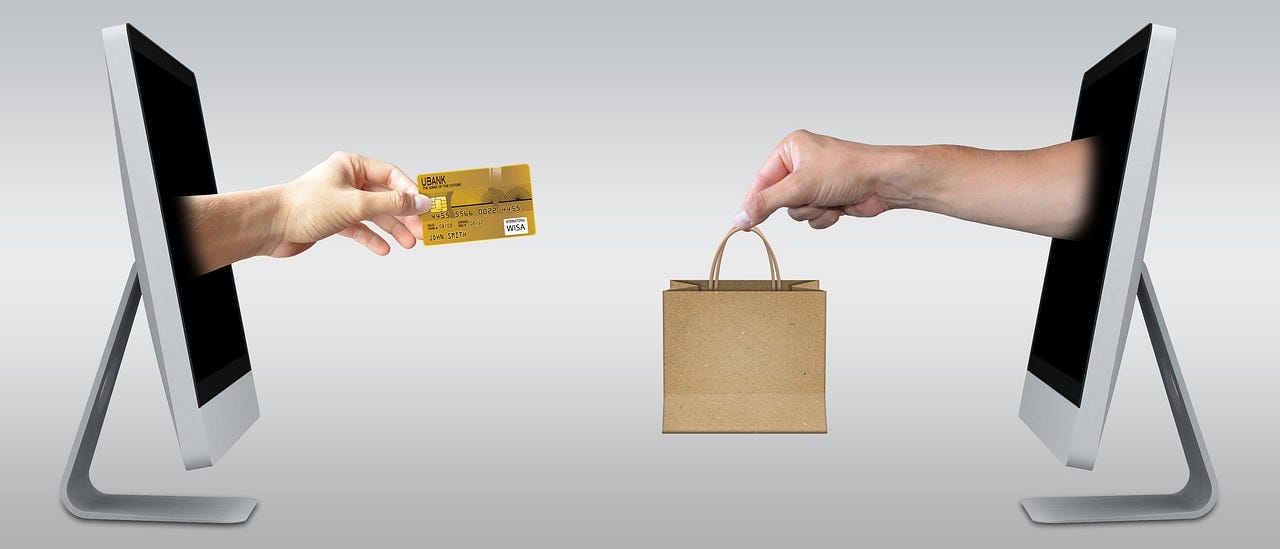Understanding Payment Card Processing: The Role of 3D Secure in Card Transactions
Introduction to 3D Secure Authentication
In today's digital payment landscape, security remains paramount as card-not-present transactions continue to rise. 3D Secure (3DS) has emerged as a crucial security protocol designed to add an additional layer of authentication for online card transactions, helping to prevent unauthorized transactions and reduce fraud.
What is 3D Secure?
3D Secure is an XML-based protocol that enables real-time cardholder authentication directly with the card issuer during an online transaction. The "3D" stands for "Three Domain," representing the three domains that interact in the process: the merchant/acquirer domain, the issuer domain, and the interoperability domain (payment networks).
How 3D Secure Works
When a customer initiates an online transaction, the 3D Secure protocol creates a three-way connection between the merchant's website, the card issuer's authentication server, and the payment network that supports the protocol. This connection allows the issuer to verify the cardholder's identity before the transaction is authorized.
The verification process typically involves redirecting the customer to their bank's authentication page, where they may be required to enter a password, one-time code sent via SMS, or respond to security questions. This additional step helps confirm that the person making the purchase is indeed the legitimate cardholder.
Benefits for Different Stakeholders
For merchants, 3D Secure offers significant liability shift protection. When a transaction is authenticated through 3D Secure, the liability for fraudulent transactions shifts from the merchant to the card issuer. This protection is particularly valuable for businesses dealing with high-value transactions or operating in high-risk markets.
For cardholders, 3D Secure provides an additional security layer that helps protect against unauthorized use of their cards online. The authentication process helps ensure that even if card details are compromised, fraudsters cannot complete transactions without access to the secondary authentication method.
For issuers, the protocol offers enhanced risk management capabilities and reduced fraud losses. They can apply different levels of authentication based on risk assessment, allowing for a more nuanced approach to security.
Evolution to 3D Secure 2.0
The latest version, 3D Secure 2.0, was introduced in October 2016 and represents a significant improvement over its predecessor. It incorporates risk-based authentication, allowing for a more seamless customer experience while maintaining robust security. The protocol now supports mobile transactions better and can process significantly more data points to assess transaction risk.
Risk-Based Authentication Approach
Modern 3D Secure implementations utilize a risk-based approach to authentication. Instead of requiring additional verification for every transaction, the system analyzes various data points to determine the level of risk. This might include transaction value, customer location, device information, and previous purchase patterns. Low-risk transactions may be approved without additional authentication, while higher-risk transactions trigger stronger verification methods.
Implementation Considerations
Merchants considering 3D Secure implementation should evaluate several factors. These include the integration requirements with their existing payment infrastructure, the impact on customer experience, and the specific requirements of different card schemes. It's crucial to work with payment service providers that offer robust 3D Secure support and can handle both older and newer versions of the protocol.
Future Developments and Trends
The payment industry continues to evolve, with emerging technologies and changing consumer behaviors shaping the future of authentication. Biometric authentication, behavioral analytics, and advanced AI-driven risk assessment are becoming increasingly important components of the 3D Secure ecosystem. These developments aim to further enhance security while reducing friction in the payment process.
Conclusion
3D Secure represents a critical component in the modern payment security infrastructure, balancing the need for robust fraud prevention with user experience considerations. As online transactions continue to grow, the role of sophisticated authentication protocols becomes increasingly important. Have you evaluated how implementing 3D Secure could enhance your payment security strategy while maintaining a smooth customer experience?
Enjoyed this article?
We regularly publish insights on payment strategy, risk, and governance.
You will find more articles here
Let’s talk if you think Payment Matters could be the right fit for your needs.
Reach out to discuss how we can support your organisation
paymentmatters.com.au


